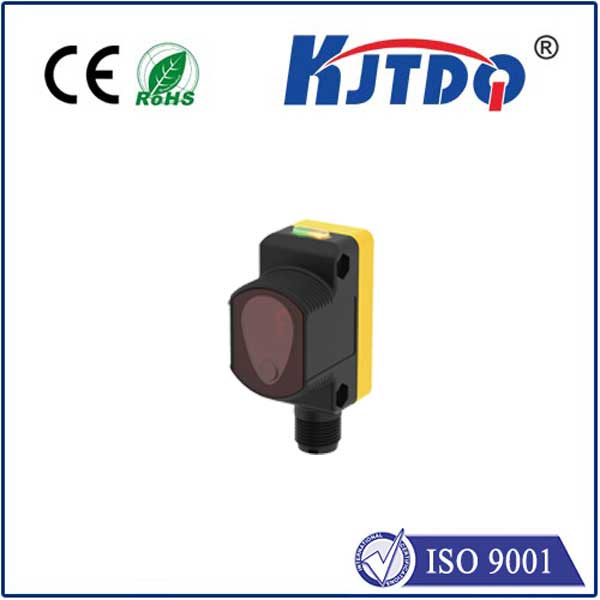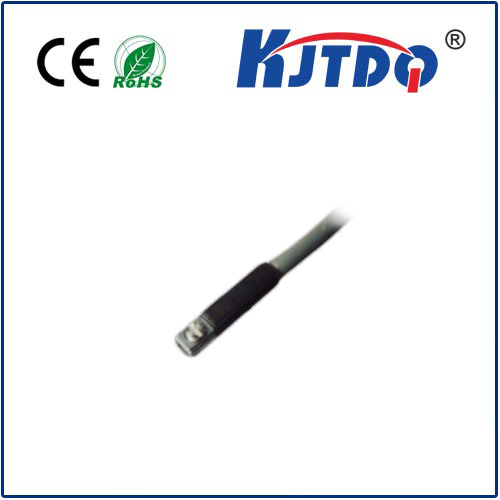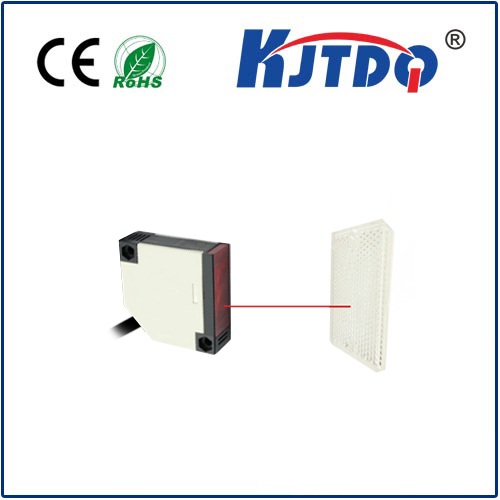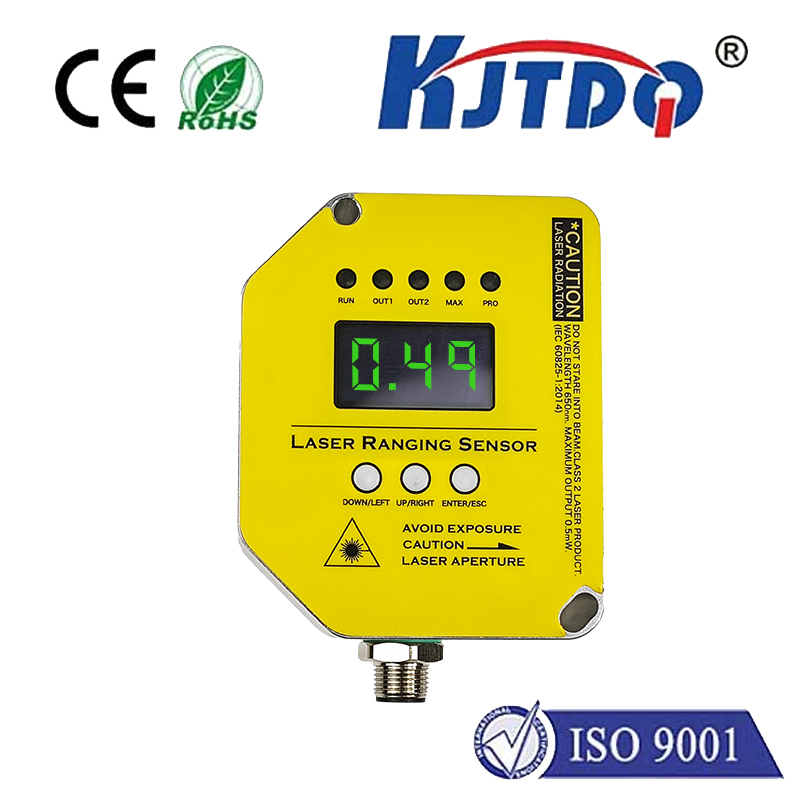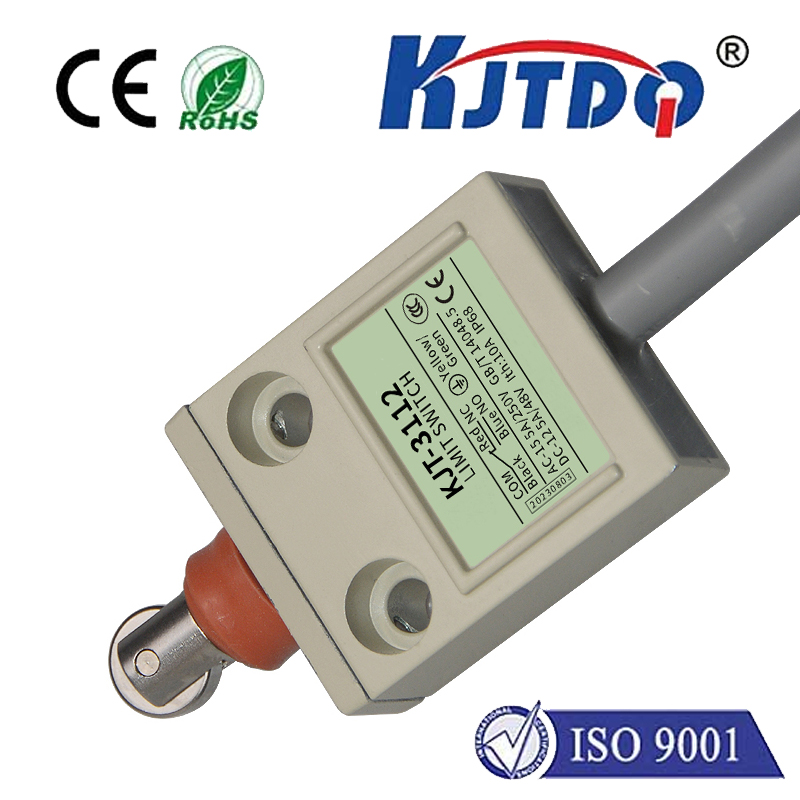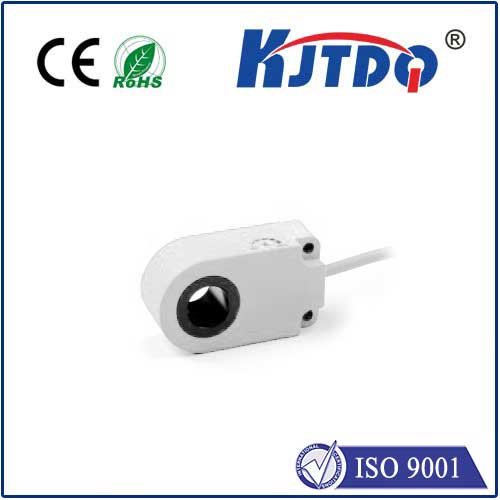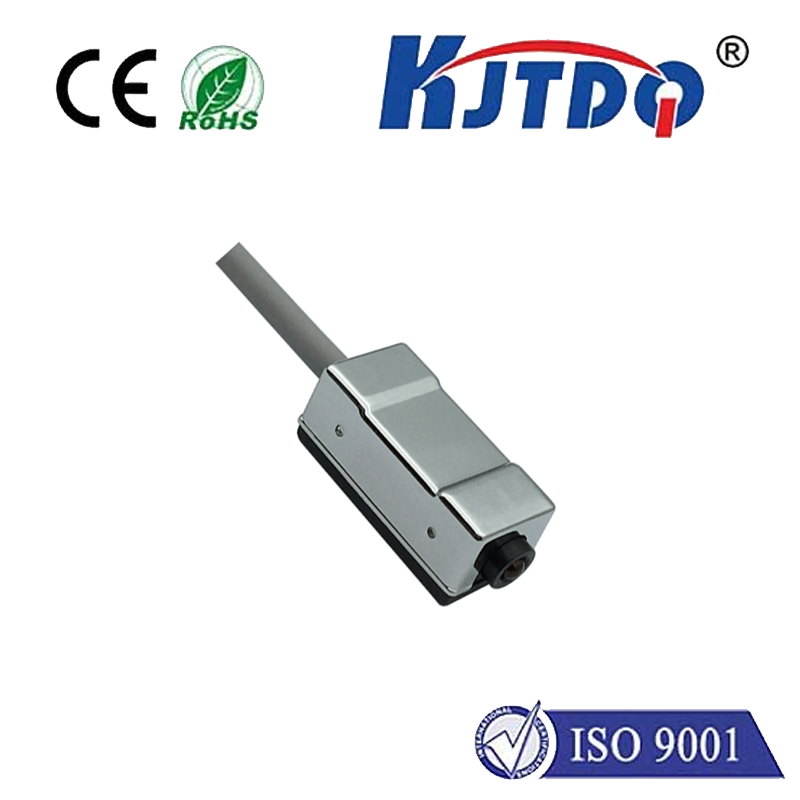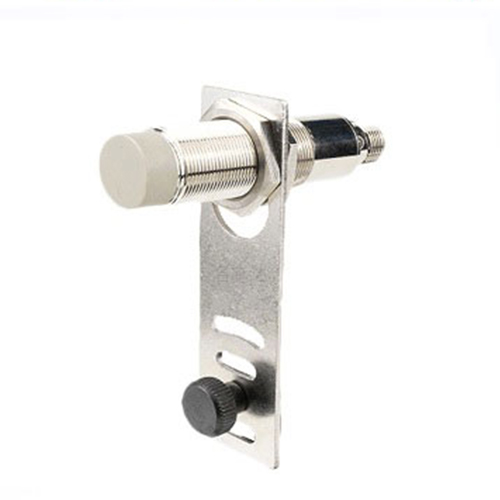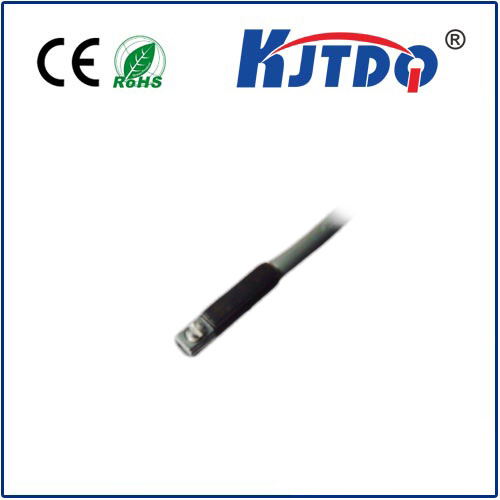

check

check

check

check

check

check

check

check

check

check
Diabetes management hinges on one crucial, often inconvenient task: frequent blood glucose monitoring. The persistent need for finger pricks, test strips, and intermittent data points has long represented a significant burden for millions worldwide. But what if a tiny strand of glass could illuminate a brighter, less invasive future? Enter fibre optic glucose sensors – a cutting-edge technology poised to transform how we track this vital health marker. This innovative approach leverages the unique properties of light travelling through optical fibres to detect glucose concentrations continuously, accurately, and often without breaking the skin.
While the core concept revolves around measuring glucose, the magic lies in the fibre optic biosensor platform itself. An optical fibre is a remarkably thin, flexible strand of glass or plastic capable of transmitting light over great distances with minimal loss. Fibre optic glucose sensors utilise this light-guiding capability as the foundation for their sensing mechanism. The key innovation involves modifying the fibre’s core or tip with a specialised glucose sensing element. This element is designed to interact specifically with glucose molecules in its environment, causing a detectable change in the optical signal travelling through the fibre. This interaction leverages the principles of optical biosensing.

How does this interaction translate into a glucose reading? Several sophisticated methods are employed:
The compelling advantages of fibre optic glucose sensors stem directly from their core technology:
Fibre optic glucose sensing has moved beyond the lab bench. While widespread consumer adoption is still emerging, implantable fibre optic sensors are undergoing rigorous clinical trials. These miniature devices, often paired with compact optical interrogation systems, are demonstrating promising results for long-term subcutaneous monitoring. Simultaneously, research into truly non-invasive approaches, like using near-infrared light transmitted through optical fibres placed near the skin, continues to advance, aiming to eliminate penetration entirely. Wearable prototypes integrating optical fibres into comfortable patches for interstitial fluid analysis are also being actively explored.
Challenges and the Road Ahead: Despite the immense promise, hurdles remain. Ensuring long-term biocompatibility and stability of the sensor materials within the body is paramount for implantable versions. Developing robust and complex signal processing algorithms to convert raw optical signals into reliable glucose readings requires sophisticated engineering. Achieving cost-effectiveness for mass production compared to established electrochemical sensors is another critical factor. Finally, regulatory pathways for these novel devices demand thorough validation.
The development of fibre optic glucose sensors represents a luminous convergence of photonics, materials science, and medicine. By harnessing light travelling through hair-thin fibres, this technology offers a compelling glimpse into a future where continuous glucose monitoring is seamless, pain-free, and profoundly informative. Overcoming the current challenges will unlock its full potential, illuminating a path towards significantly improved quality of life and clinical outcomes for individuals navigating the complexities of diabetes management. The era of monitoring health with light has undoubtedly begun.
